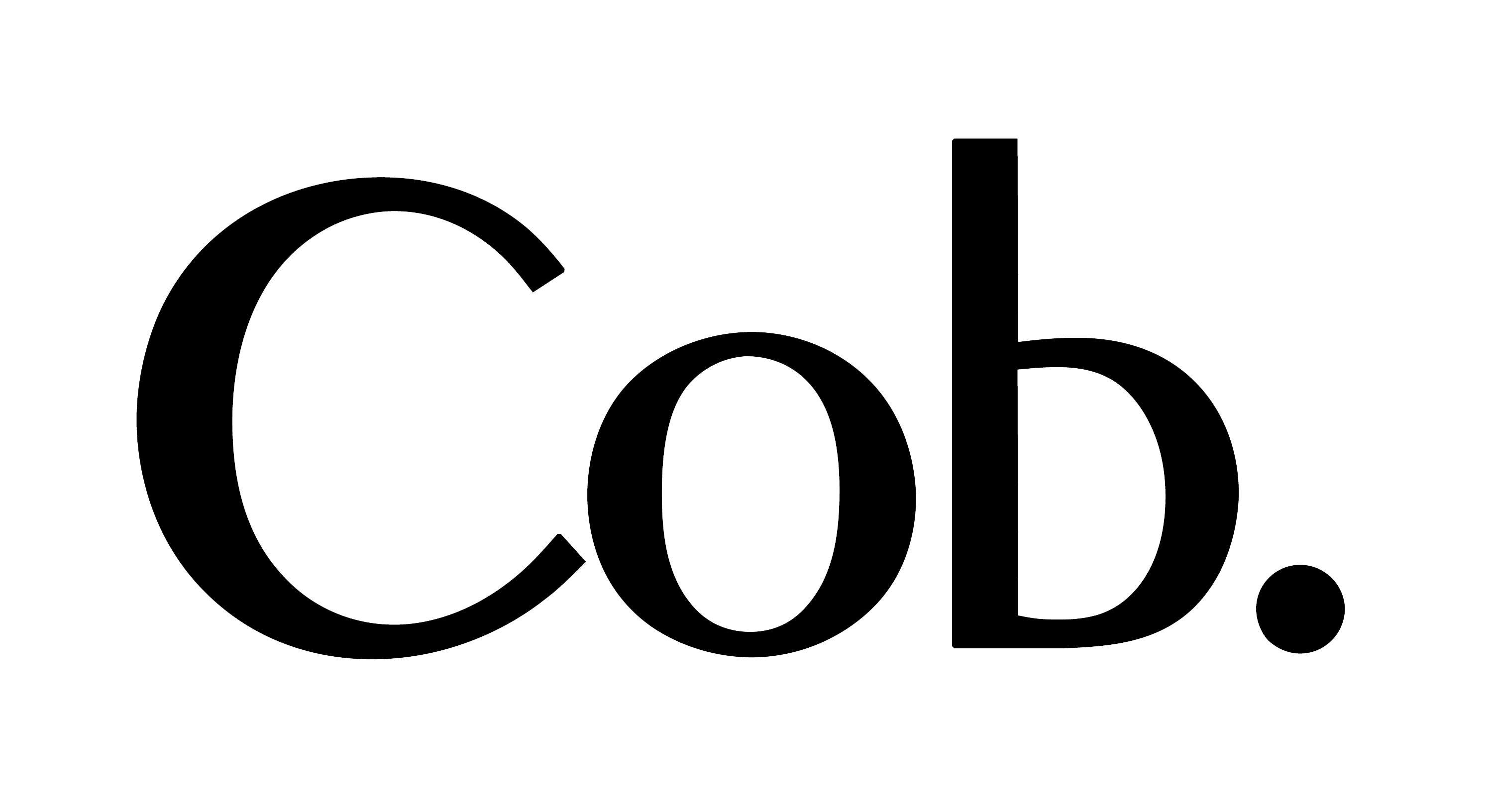Samuel Zealey’s sculptures combine playfulness with precise engineering and a highly developed material sensitivity. They radiate a lively aesthetic intelligence, alert to the ways in which art and creativity can engage with questions about culture, technology and sustainability.
Zealey’s new exhibition centres on his Folded Steel Plane Series — a set of sculptures that typify his idiosyncratic blend of lightness and gravity. Calling to mind the pleasure of making fun objects from found materials, these scaled-up paper planes toy with the material contrast between paper and steel. The translation from one to the other wrong-foots us, pretending that the metal could be worked and re-worked in the hand like origami. The works’ title is wryly humorous, too. In Zealey’s use of it, the word ‘plane’ is a subtle pun, referring us both to the finished product and the flat sheet it started out as.
This kind of concealed intricacy is characteristic of Zealey, who cites engineers – rather than artists – among his biggest influences. His sculptural work frequently illustrates principles drawn from physics and engineering. Life Line, also displayed here, exemplifies this. A length of rope supports a heavy steel structure, and its apparent improbability elicits a sense of wonder: the counter-intuitive use of materials provokes questions about balance and equilibrium, weight and form.
Zealey has a long-standing interest in the relation between new technologies and environmental issues. Life Line uses simple materials to suggest how the threads and filaments supporting our connected world can be much less sturdy than they seem. His steel paper planes, meanwhile, strike a resonant discord between the fun of folding things from paper and the problem posed by jet flight’s fossil fuel emissions. Each work suggests how creativity can inform discussions around these themes.
In Think Tanks, Zealey invites us to reflect on this process: steel plates hang from the wall, forming the adapted white-boards on which ideas are developed and explored in practical terms. They offer a glimpse into the artist’s studio-as-laboratory, the place where the distinction between art and science is demolished and the playful can unexpectedly shift into the significant. It’s an experience shared by all who encounter Zealey’s remarkable body of work.

